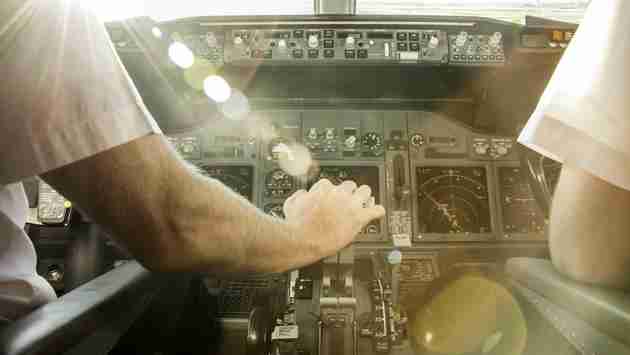The aviation industry is already facing a pilot shortage, a problem that has lessened over the last year due to the coronavirus pandemic, which has resulted in travel restrictions and far less flights taking to the air than normal.

But whenever air travel gets back to normal, or thereabouts, the pilot shortage issue is only going to be exacerbated, according to a new study performed by New York- and London-based consultancy Oliver Wyman .
The group called the COVID-19 outbreak a “momentary reprieve” for the issue of pilot shortages. For passenger recovery, estimates range from early 2022 to 2024 and beyond.
For pilots, however, demand is driven by aircraft departures and utilization rather than passengers. When that returns to normal, airlines are going to find themselves with a shortage rather than a surplus, as is the case at the moment.
Oliver Wyman noted that the root cause of the coming shortage varies by region, but in the U.S. it’s particularly troublesome. The country has an aging workforce facing mandatory retirement, fewer pilots exiting the military, and barriers to entry, including the cost of training.
The ‘momentary reprieve’ will not last, and decisions taken today to survive the coronavirus pandemic may threaten the ability of airlines in some regions to recover and grow in the future.
In recent years, airlines have provided a more direct path to the cockpit for new pilots, expanding cadet training programs and providing financing. With COVID, many of the airline pipeline levers have come under pressure. Faced with mounting costs and a pilot surplus, cadet programs are being trimmed. Some of the banks that have supported the financing are reconsidering the risk profile of a new pilot cadet.
“Looking at past crises such as 9/11 and the global financial crisis (of 2008), new pilot certifications fell 30 to 40 percent during the five years after the initial shock,” Oliver Wyman noted. “With the global nature of this shock, we believe 25,000 to 35,000 current and future pilots may choose alternative career paths over the next decade.”
The company concluded that it is not a question of whether a pilot shortage will occur, but when it will occur and how large the gap will be between supply and demand.

Leave a Reply